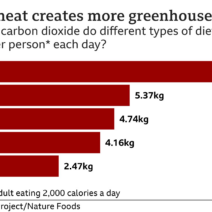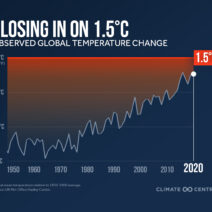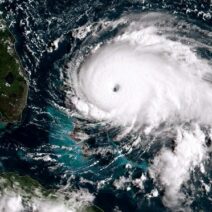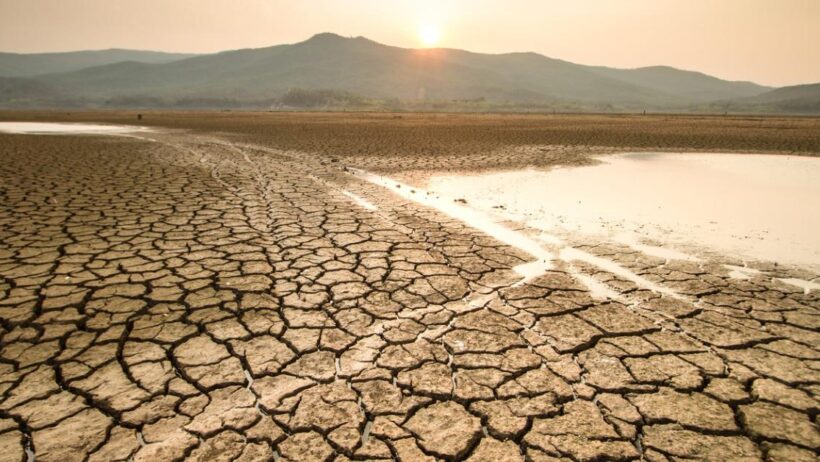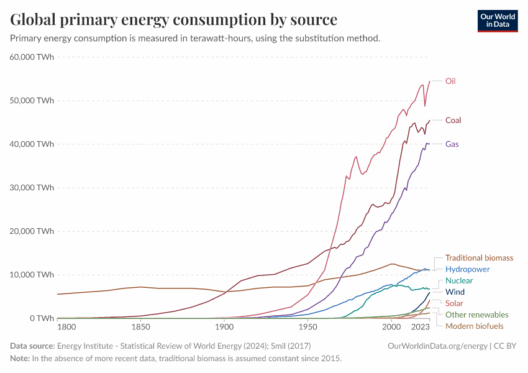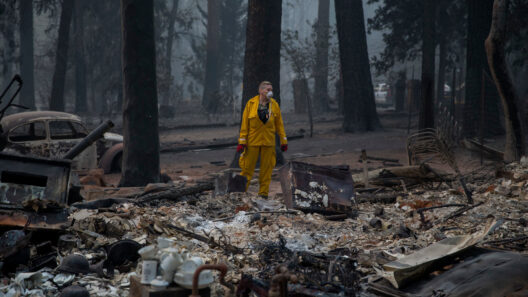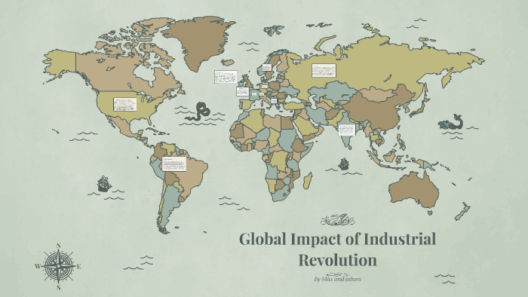Global warming and climate change are frequently used interchangeably, but their nuances are significant and warrant a closer examination. Understanding the connection between the two is essential, not just for scientific comprehension but also for combating the existential threat posed by both. As the planet grapples with unprecedented transformations, recognizing these changes can catalyze a paradigm shift in how societies view their ecological responsibilities.
Understanding Global Warming
Global warming refers specifically to the long-term increase in Earth’s average surface temperature due to human activities, chiefly the combustion of fossil fuels, deforestation, and industrial processes. These actions release greenhouse gases (GHGs) into the atmosphere, primarily carbon dioxide (CO2) and methane (CH4). This accumulation of GHGs creates a sort of atmospheric blanket, trapping heat and leading to a gradual rise in temperatures.
The ramifications of global warming extend beyond mere temperature rises. Increased heat contributes to an array of detrimental phenomena, including glacier melt, rising sea levels, and severe weather patterns. Each degree of warming intensifies droughts, floods, hurricanes, and heatwaves, making it imperative to understand its cascading effects.
Decoding Climate Change
Climate change encompasses a broader spectrum of alterations in the Earth’s climate system, including temperature, precipitation patterns, and storm intensity. While global warming is a significant driver of climate change, the latter also includes natural variations caused by volcanic eruptions, solar cycles, and other environmental factors.
However, the anthropogenic influences on climate change cannot be overstated. The disruptions caused by human activities exacerbate natural variances, resulting in an unstable climate system. This variability leads not only to environmental turmoil but extends to societal implications, affecting agriculture, human health, and biodiversity.
The Interconnection
At its core, the interrelation between global warming and climate change lies in their shared roots: increasing greenhouse gas emissions. Every incremental rise in global temperatures leads to a feedback loop that more significantly alters climate patterns. Warmer temperatures lead to higher evaporation rates, which can create more intense rainstorms, and conversely, enhance drought conditions in other regions.
Moreover, as polar ice caps and glaciers continue to melt, not only does the Earth’s albedo effect diminish—meaning more heat is absorbed rather than reflected—but this also impacts ocean currents and atmospheric patterns, thereby enhancing climate variability globally. Through this lens, it becomes clear that addressing global warming is intrinsically tied to mitigating climate change.
Why This Matters
The link between global warming and climate change is not just academic; it has profound implications for policy, health, and economics. As global temperatures continue to rise, the resulting impacts—like stronger hurricanes, prolonged droughts, and unpredictable weather—have real-world consequences for agriculture, water supply, and human health.
For instance, crop yields are expected to decline in many regions. Agricultural systems that once thrived under familiar climates now struggle against erratic weather and soil degradation. Food security is becoming a serious concern. Furthermore, vulnerable populations, particularly in developing nations, bear the brunt of these changes, often without the necessary resources to adapt.
Health implications are equally dire. Heatwaves result in increased mortality rates among vulnerable age groups, respiratory problems escalate due to poorer air quality, and the proliferation of diseases is augmented by changing ecological habitats for pests. The intricate web between global warming and climate change illustrates a broader threat to public health and safety.
A Call to Action
Understanding the link between global warming and climate change should galvanize action across all sectors of society. It is imperative for governments to implement robust policies aimed at reducing emissions, transitioning to renewable energy sources, and promoting sustainable land use practices. Individuals, too, can play a pivotal role through conscious consumer behaviors and advocacy for environmental policies.
Moreover, a multifaceted approach incorporating science, technology, and community engagement is crucial. Innovations in carbon capture and storage, interdisciplinary research into sustainable practices, and education initiatives can form a formidable arsenal against the looming threats posed by climate disruption.
A Shift in Perspective
The urgent narrative surrounding global warming and climate change necessitates a shift in perspective. Recognizing that these two phenomena are interconnected can pave the way for holistic approaches in tackling environmental issues. Rather than viewing them as separate challenges, it’s vital to comprehend their interwoven nature and the collective actions required to mitigate these global crises.
Every action taken today can contribute to a more sustainable future. By integrating lessons from ecological science into everyday decision-making, society can mitigate further global warming and, in turn, address the broader suite of climate change challenges. Awareness leads to empowerment, and empowerment can fuel the transition toward a sustainable and climate-resilient planet.
In conclusion, the relationship between global warming and climate change is one of both cause and consequence. Understanding it is imperative not only for scientists but for every individual on this planet, as the implications of inaction are dire. By fostering curiosity and engaging in informed discussions, society remains better equipped to tackle the ultimate challenge of our time.
